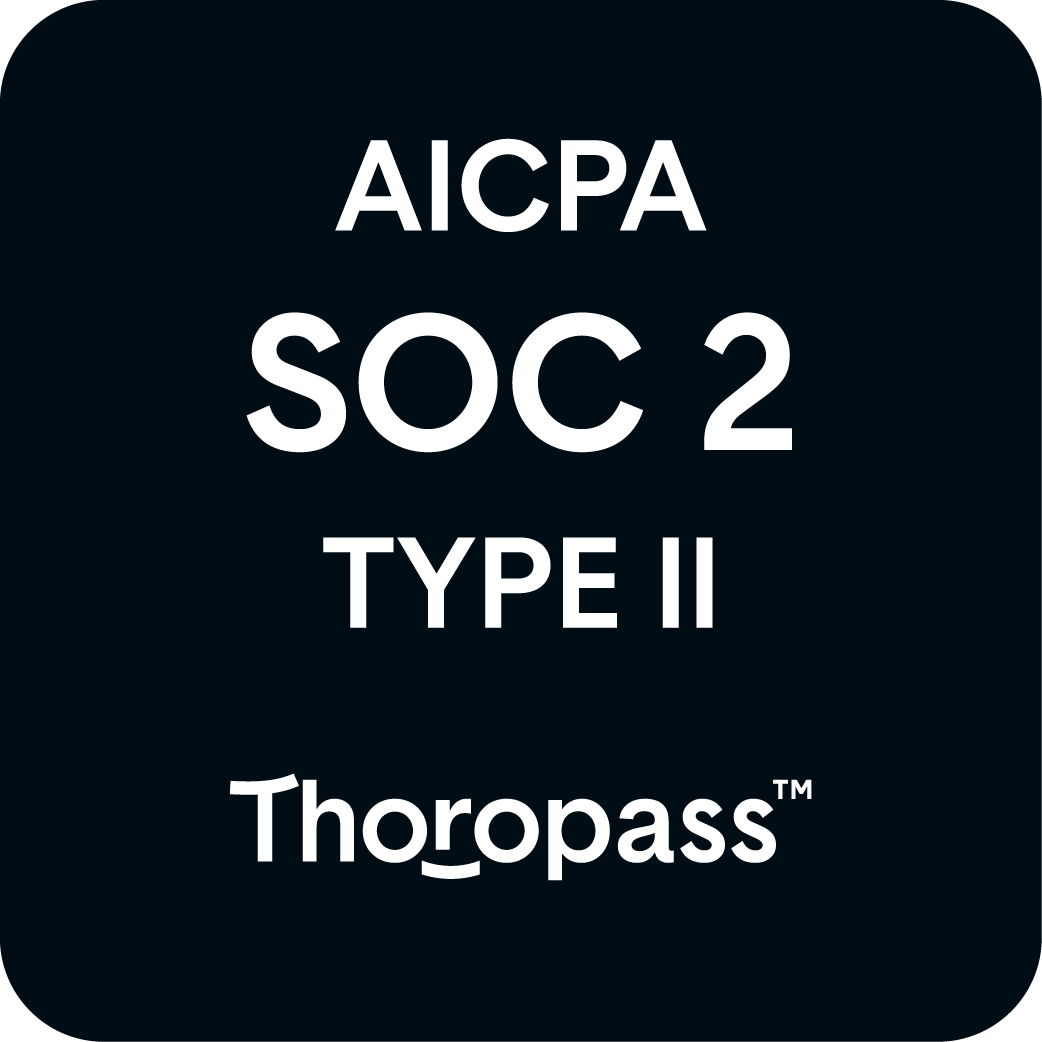A/B testing compares two variations of creative assets to determine which performs better
Provides data-driven insights that improve conversion rates and campaign effectiveness
Essential for optimising messaging, design elements, and user experience across channels
A/B testing, also known as split testing, is a method of comparing two variations of a creative asset to determine which one performs better with your target audience. This controlled experiment involves showing version A to one randomly selected group of users and version B to another group, then measuring which version achieves better results.
The beauty of A/B testing lies in its simplicity and scientific approach. By changing only one element at a time—such as a headline, call-to-action button, or image—marketers can isolate what specifically drives better performance and make informed decisions based on actual user behavior rather than assumptions.
Email Campaigns
Test different subject lines to see which generates higher open rates, or compare email layouts to determine which drives more click-throughs to your website.
Landing Pages
Experiment with different headlines, hero images, or form lengths to optimise conversion rates for specific campaign objectives.
Display Advertising
Compare different creative approaches, such as product-focused versus lifestyle imagery, to see which resonates better with your target audience.
Social Media Content
est various posting times, content formats, or call-to-action phrases to maximise engagement and reach across social platforms.
Improved Conversion Rates
A/B testing helps identify which variation of a marketing asset leads to better results. By implementing changes based on test results, you can increase conversion rates and drive more people to take desired actions.
Better Audience Insights
Testing reveals how your audience responds to different messaging, design elements, and creative approaches. This information helps refine your marketing strategy and develop deeper understanding of customer preferences.
Cost-Effective Optimisation
A/B testing is often less expensive than other forms of market research while providing actionable insights quickly. This enables more efficient iteration and improvement of marketing strategies.
Risk Reduction
Before rolling out major campaign changes, A/B testing allows you to validate ideas with smaller audience segments, reducing the risk of poor performance at scale.
Data-Driven Decision Making
Testing eliminates guesswork by providing concrete evidence of what works best, enabling confident decisions about creative direction and campaign optimisation.
Creative automation significantly enhances A/B testing capabilities by streamlining the creation, deployment, and analysis of test variations:
Rapid Variation Creation
Automation tools can quickly generate multiple creative variations from a single template, enabling more comprehensive testing across different elements simultaneously.
Consistent Brand Application
Automated systems ensure that all test variations maintain brand consistency while exploring different creative approaches, preserving brand integrity throughout the testing process.
Dynamic Content Testing
Advanced automation platforms can test personalised content variations across different audience segments, providing insights into what resonates with specific customer groups.
Real-Time Performance Tracking
Automated reporting systems can monitor test performance in real-time, enabling faster decision-making and more agile campaign optimisation.
Scalable Testing Programs
Automation enables continuous testing across multiple campaigns and channels simultaneously, creating a robust optimisation engine for your marketing efforts.
Test One Variable at a Time
To ensure clear results, focus on testing a single element in each experiment. This allows you to definitively attribute performance differences to the specific change you made.
Ensure Statistical Significance
Run tests long enough and with sufficient sample sizes to achieve statistically significant results. This ensures that your findings are reliable and not due to random chance.
Set Clear Hypotheses
Before launching tests, establish clear hypotheses about what you expect to happen and why. This helps guide your testing strategy and interpretation of results.
Consider Seasonal Factors
Account for external factors that might influence test results, such as holidays, industry events, or economic conditions that could affect user behavior.
Multivariate Testing - Testing multiple variables simultaneously
Statistical Significance - Confidence level that results aren't due to chance
Conversion Rate Optimisation - Systematic approach to improving campaign performance
Control Group - The original version being tested against
Creative Automation - Technology that enables scaled testing and optimisation
Performance Marketing - Data-driven approach to advertising optimisation
A/B testing provides the foundation for data-driven marketing optimisation, enabling brands to make informed decisions about creative direction and campaign strategy. When combined with creative automation, A/B testing becomes a powerful engine for continuous improvement and performance enhancement across all marketing channels.
Product
Use cases
Integrations
© 2025 CreateTOTALLY. All rights reserved.
